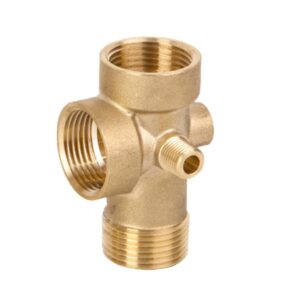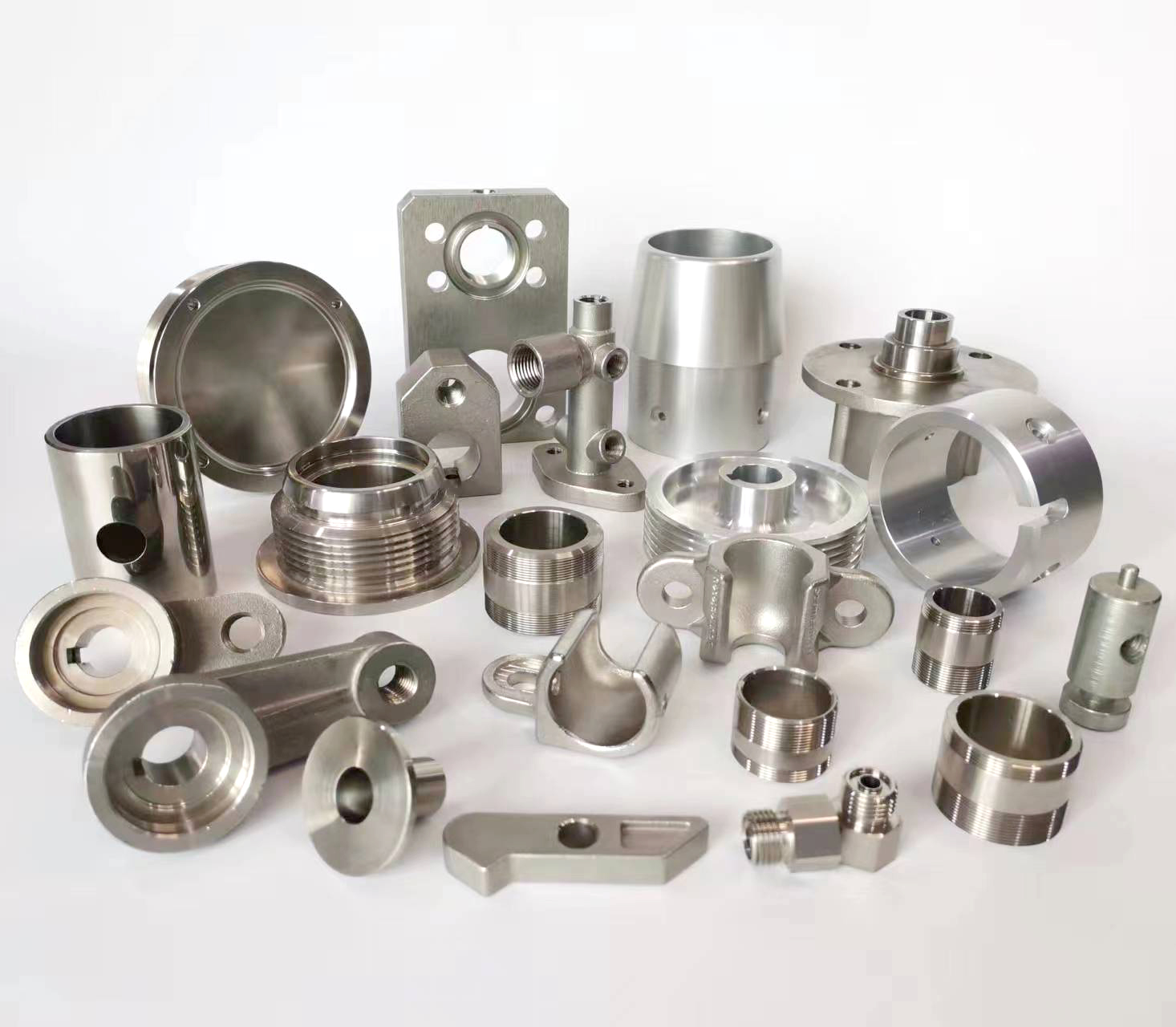
Brass, an alloy primarily composed of copper (Cu) and zinc (Zn), is one of the most versatile and widely used copper-based alloys. Its properties can be finely tuned by varying the proportions of copper and zinc and by adding other alloying elements like lead, tin, aluminum, or silicon. This results in a family of alloys with a exceptional range of performance advantages.
1. Excellent Machinability
This is one of brass’s most celebrated properties. Free-cutting brass (e.g., C36000) contains a small percentage of lead (Pb), which acts as a lubricant during machining operations.
Advantage: It allows for high-speed machining, producing small, broken chips that easily clear away from the tool. This results in superior surface finishes, extended tool life, lower power consumption, and significantly higher production rates compared to many other metals.
2. Superior Corrosion Resistance
Brass exhibits excellent resistance to various forms of corrosion, a key inheritance from its copper content.
Atmospheric Corrosion: It forms a protective, adherent patina that slows further corrosion, making it ideal for outdoor applications like architectural fittings and marine hardware.
Water Corrosion: It resists corrosion from fresh, potable water and is highly resistant to biofouling, making it the standard material for plumbing fittings, valves, and pipes.
Dezincification Resistance: Certain brass alloys (e.g., DZR brass or “dezincification resistant” brass with added arsenic/antimony) are specifically formulated to resist this selective leaching of zinc in aggressive water conditions.
3. High Electrical and Thermal Conductivity
While not as conductive as pure copper, brass still maintains very good electrical and thermal conductivity.
Advantage: This makes it a preferred material for electrical connectors, terminals, sockets, and components that require a balance of good conductivity, mechanical strength, and corrosion resistance. Its thermal conductivity is essential for heat exchangers, radiator cores, and various heat dissipation components.
4. Good Strength and Ductility
Brass offers an excellent strength-to-weight ratio and can be engineered for specific mechanical properties.
Work Hardening: Brass can be cold-worked (through rolling, drawing, or hammering) to significantly increase its strength and hardness.
Variety of Grades: Low-zinc brasses (e.g., Cartridge Brass, C26000) are very ductile and suitable for cold forming and deep drawing. High-zinc brasses are stronger and used for hot forging or casting.
Malleability: It can be easily rolled, drawn, stamped, and forged into complex shapes.
5. Antimicrobial Properties (Oligodynamic Effect)
Copper and its alloys, including brass, have inherent antimicrobial properties. The copper ions released from the surface are toxic to a wide range of bacteria, viruses, and fungi.
Advantage: This makes brass a hygienic choice for frequently touched surfaces in healthcare settings, public transportation, and door hardware, helping to reduce the spread of harmful pathogens.
6. Low Friction and Non-Sparking Character
Brass has a relatively low coefficient of friction and, importantly, is a non-sparking material.
Advantage: This combination makes it ideal for applications in flammable or explosive environments. It is used for tools, fittings, and components in oil and gas, chemical processing, and mining industries where a spark from steel-on-steel contact could cause an ignition.
7. Aesthetic Appeal and Finish Versatility
Brass has a warm, gold-like appearance that is highly desirable for decorative and architectural applications.
Finish Versatility: It can be easily polished to a bright, mirror-like finish. It can also be plated with nickel, chrome, or gold. Furthermore, its surface can be treated to develop various patinas (e.g., antiqued, lacquered) for aesthetic effects.
8. Good Castability
Certain brass alloys, particularly those with added elements like silicon, pour easily and reproduce fine mold details accurately.
Advantage: This allows for the cost-effective production of intricate components like plumbing valves, gears, and decorative ornaments through sand casting, die casting, and investment casting processes.
9. Recyclability
Like copper, brass is 100% recyclable without any degradation in its properties.
Advantage: It is a highly sustainable material. A significant portion of all brass produced comes from recycled scrap, reducing the environmental impact associated with mining and primary metal production.
Summary of Key Advantages by Application:
Plumbing: Corrosion resistance, machinability, antimicrobial properties.
Electrical: Good conductivity, strength, corrosion resistance, spring properties.
Marine: Excellent corrosion resistance in saltwater environments (especially aluminum brass).
Architectural & Decorative: Aesthetic appeal, corrosion resistance, ease of forming.
Industrial: Machinability, non-sparking nature, wear resistance, and good bearing properties.
In conclusion, brass is not a single material but a family of alloys whose composition can be tailored to optimize specific performance characteristics. Its unique combination of machinability, corrosion resistance, strength, conductivity, and aesthetic qualities ensures its continued prominence across a vast spectrum of industries.





